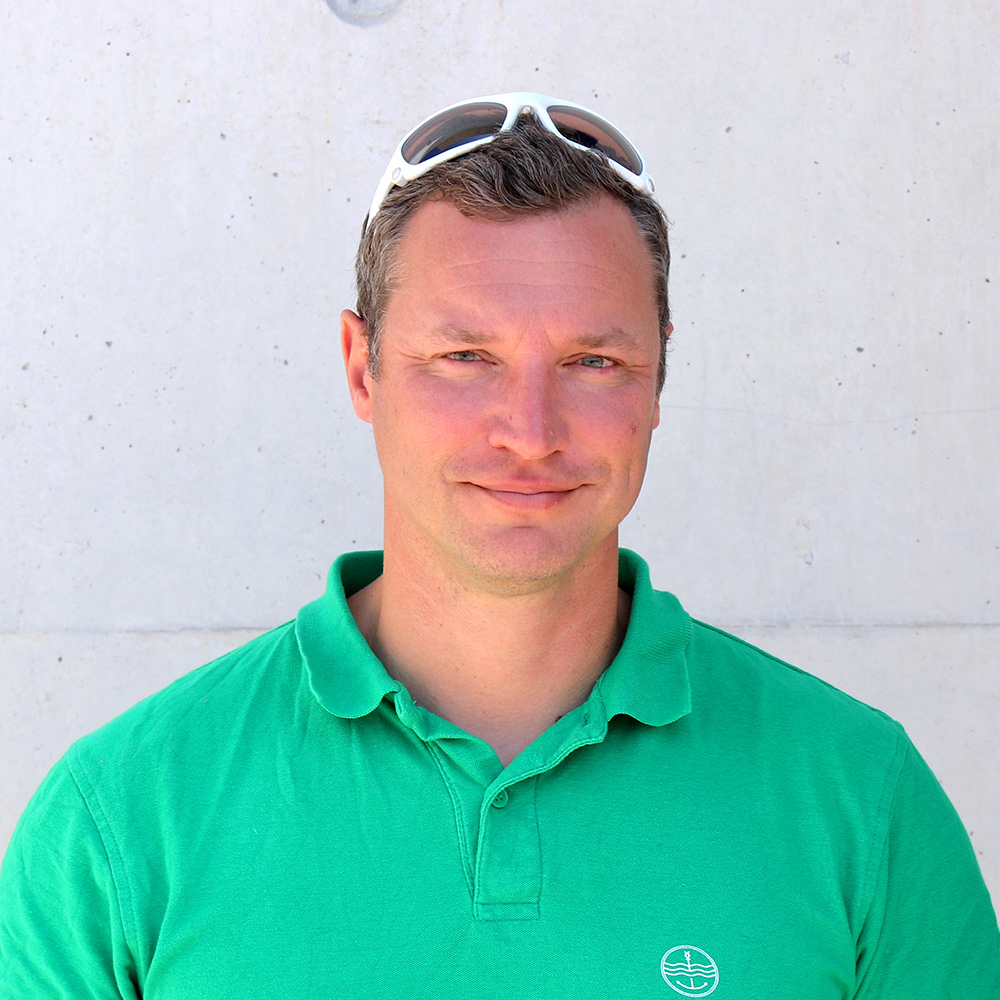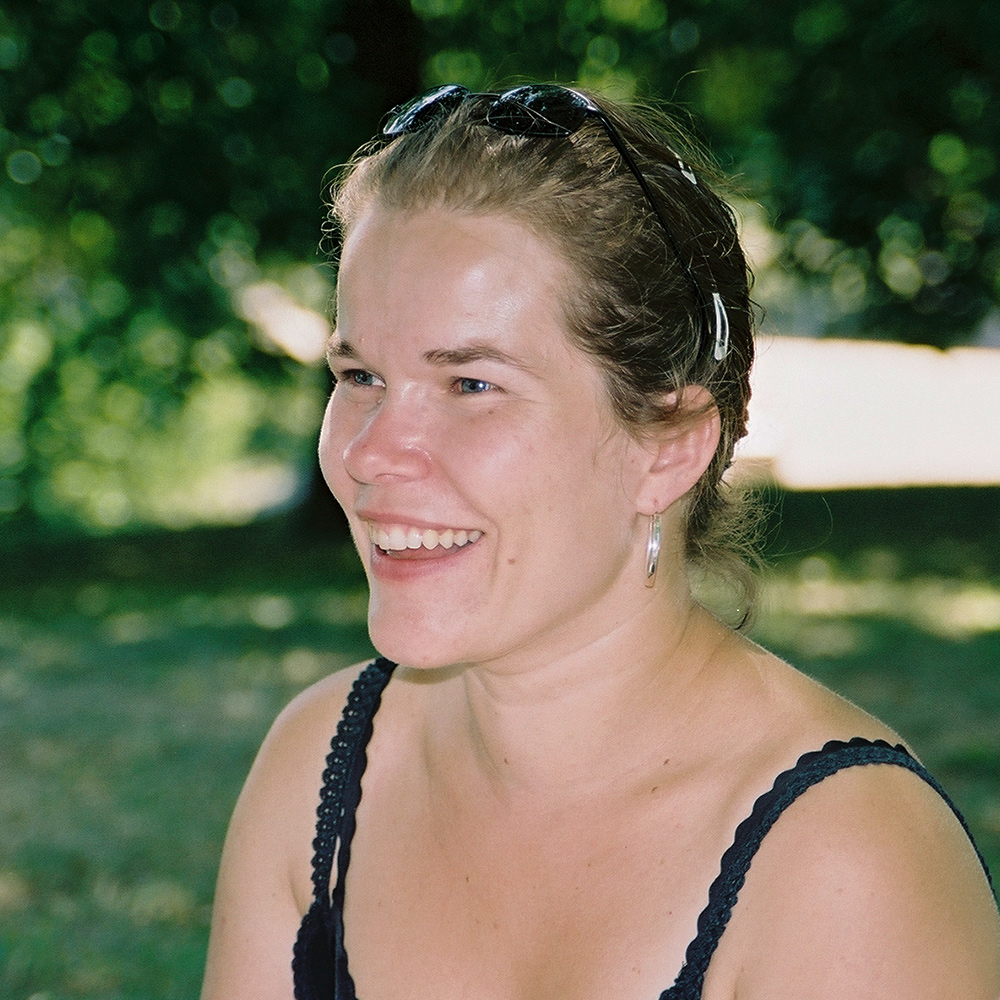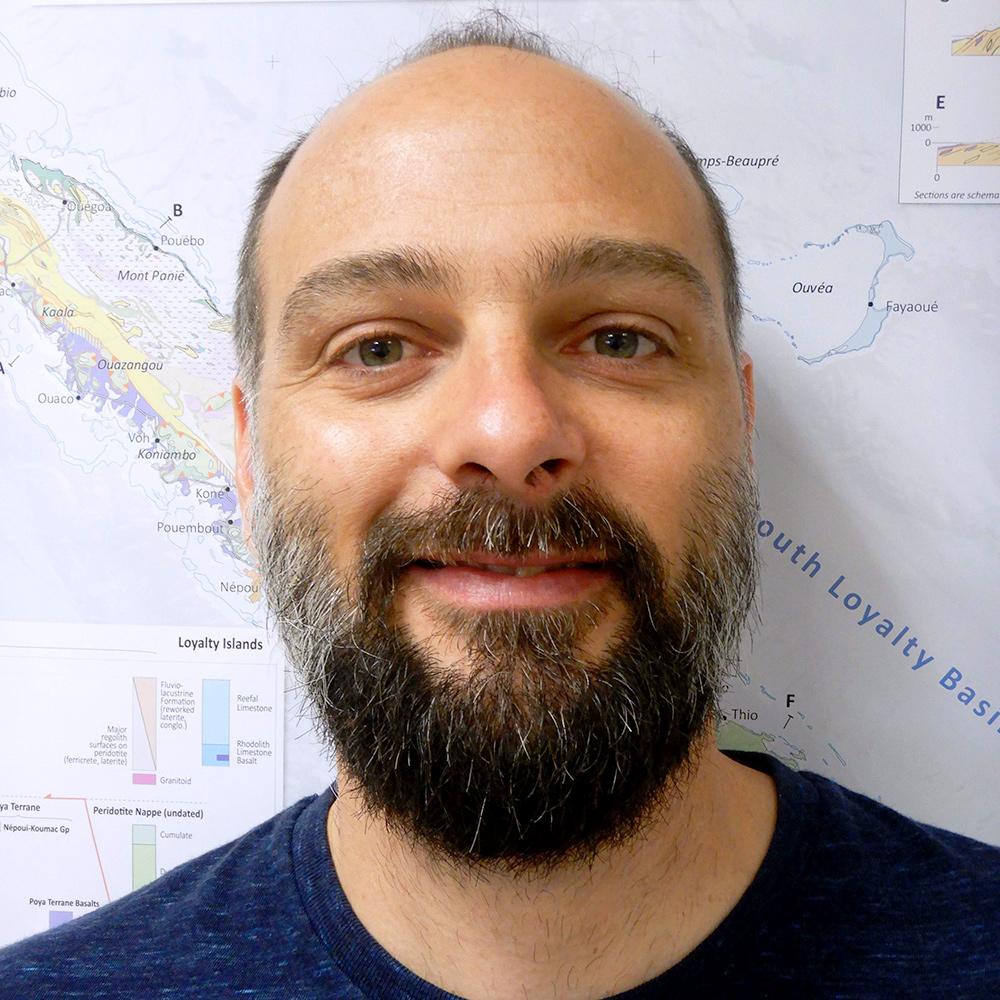
Tonga volcanic arc
Impact of the submarine volcanoes and associated hydrothermal venting on the input of micronutrients (especially iron) and toxic elements to the photic layer of the ocean
Physical environment
Impact of the physical environment (turbulence, submeso- to meso-scale features, large-scale circulation) on the dilution of the hydrothermal plume on a local and regional scale
Air-sea exchanges
Impact of atmospheric deposition from aerial volcanic activity on the input of new nutrients to the ocean and influence of marine emissions from hydrothermal fluxes and nitrogen-fixation
Ecosystem functioning
Potential impact of hydrothermal inputs on the plankton communities and biogeochemical functioning
NEWS






CRUISE
The core of the TONGA project is an oceanographic cruise scheduled onboard the French Research Vessel ‘L’Atalante’ in the region of the Tonga volcanic arc in the Western Tropical South Pacific Ocean, from October 31 to December 6, 2019
A multidisciplinary team of scientists
A multidisciplinary team of scientists
The biogeochemical impact of hydrothermal fluids
The biogeochemical impact of hydrothermal fluids
A combination of measurements and experiments
A combination of measurements and experiments
A focus on iron and nitrogen-fixation
A focus on iron and nitrogen-fixation
STRATEGY
Classic CTD rosette
Detection of trace metals and hydrothermal fluid
Experiments in minicosms
Drifting and fixed moorings
Argo and BGC-Argo floats
Modeling
TEAM
ABOUT
-
 LEFE-CYBER (Main Database)
LEFE-CYBER (Main Database)LEFE CYBER Database : Open Access Data from TONGA and TONGA-Recup cruises
-
 GEOTRACES
GEOTRACESAn international study of the marine biogeochemical cycles of trace elements and their isotopes
-
 CORIOLIS
CORIOLISIn situ data for operational oceanography
-
 BGC-ARGO
BGC-ARGOAn extension of the Argo program to include biogeochemical observations
-
 GEOTRACE
GEOTRACEAn international study of the marine biogeochemical cycles of trace elements and their isotopes
-
 IMBER
IMBERIntegrated Marine Biosphere
-
 CNRS LEFE
CNRS LEFELEFE “Les enveloppes fluides et l’environnement”
-
 AMIDEX Aix Marseille Université
AMIDEX Aix Marseille UniversitéFondation Universitaire A*MIDEX Vers plus d’excellence avec Aix-Marseille Université
PUBLICATIONS
All the publications related to the TONGA project can be found here :
https://campagnes.flotteoceanographique.fr/campagnes/18000884/
COM & OUTREACH
Twitter account
Using the Twitter social network to share the projet science and life to the scientific community and the general public @tongaproject
Adopt a float
A recurrent outreach program that proposes schoolchildren to adopt a BGC-Argo profiling float, follow its journey in the ocean and share experiences with scientists and other children participating to the program.
adoptafloat.com
Video & poster
Short films and interactive technique-based poster to reach out a non-scientific audience and share about the cruise journey, team and objectives (In progress)
Graphical identity
A strong visual identity (logo, color scheme and fonts) to communicate about the project and share print or paper documents
Download it !
